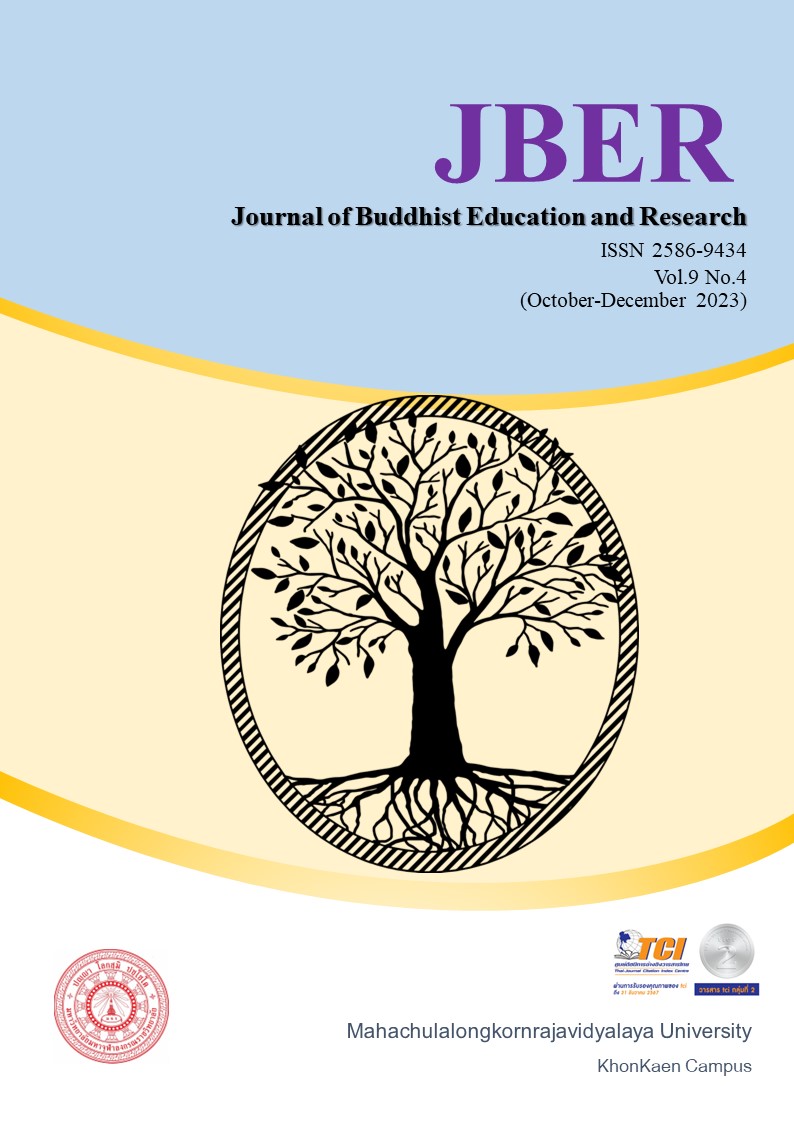OPERATION MODE ANALYSIS AND ECONOMIC
Keywords:
Glyphosate, Industry supply, Demand, InflationAbstract
Glyphosate was developed by Monsanto in the United States in 1971. It is the world’s largest herbicide, and it is mainly used in the cultivation of agricultural products downstream. Glyphosate is a non-selective, non-residual herbicide that is very effective against perennial root weeds. It is widely used in rubber, mulberry, tea, orchards and sugarcane fields. At this stage, there is no new supply on the production side, and the strong agricultural planting boom has caused demand to exceed expectations, the contradiction between supply and demand has expanded, and the price elasticity has risen. Industry concentration has increased, forming a pricing pattern for industry giants. The global currency is over-issued. Under the background of inflation, the price of bulk raw materials has risen and the cost has risen, forming price support. This article has collected a lot of information, combined with its own work experience, and is optimistic about the long-term business cycle of the glyphosate industry.
References
Arcuri, A., & Hendlin, Y.H. (2020). Introduction to the symposium on the science and politics of glyphosate. European Journal of Risk Regulation, 11(3), 411-421.
Chen, S.G., Qiang, S., & Mao, C.J. (2017).Research progress on the mechanism of action and resistance of glyphosate. plant protection, 43(2),17-24.
Chen, Y. (1995).The properties and application of herbicide glyphosate. Hubei Chemical Industry, 1995, 12(2) 10-11.
Cheng, J., Jiang, D., Gong, Y., Qin, J., & Wang, X. (2021). Deep removal of organic matter in glyphosate contained industrial waste salt by dielectric barrier discharge plasma. Journal of Environmental Chemical Engineering, 9(5), 106-295.
Dias, M., Rocha, R., & Soares, R. R. (2019). Glyphosate use in agriculture and birth outcomes of surrounding populations. Documentos de Trabajo LACEA, 9(3), 66-78.
Duan, Y.S. (2013). Overview and forecast of glyphosate market at home and abroad. Economic analysis of China Petroleum and chemical industry, (10), 5.
Duan, Y.S., Shao, S.S., & Luo, Y. (2016). Data analysis on the development trend of glyphosate industry. China pesticides, (10), 61-66.
Ji, L.Y., Wang, J.S., & Wei, W.T. (2018). Progress in glyphosate production technology. Shandong Chemical Industry, 47 (20), 4-13.
Li , Y.X., Feng, C.G., & Tong ,D.Y. (2014). Problems in the use of glyphosate and its correct use Method of use Phytosan, 27(6), 44-46.
Liu, W.L. (2008). Study on the anti-dumping problems faced by Chinese glyphosate enterprises. (Doctoral dissertation). Nanjing University, Nanjing.
Lu, J., & Yang, X.C. (2017). Research progress on the impact of glyphosate on the environment. Anhui Agricultural Science Bulletin, 23(8), 71-75.
Luo, A.H. (2017).The glyphosate market is still worth looking forward to. China Petroleum and Chemical Industry, 3(2), 46-47.
Morin, T. (2020). Impact of chronic exposure of rainbow trout, oncorhynchus mykiss, to low doses of glyphosate or glyphosate-based herbicides. Aquatic Toxicology, 6(9), 230-247.
Paskalev, V. (2020). The clash of scientific assessors: what the conflict over glyphosate carcinogenicity tells us about the relationship between law and science. European Journal of Risk Regulation, 11(3), 520-538.
Shen, Q. (1981). Study on the herbicidal properties of glyphosate. Pesticides, 5(4), 11-14
Teng, C.H., & Su, S.Q. (2014).Application status and future development of glyphosate. World pesticide, 36(3), 8-11.
Wang, G.Y. (2015). Analysis on the current situation of glyphosate industry. Lutianhua Technology, 4(02), 88-92.
Wang, J.M. (2008). Development status and market prospects of glyphosate. Jiangsu Chemical Industry, 36(1), 53-57.
Wang, Y. (2010). Analysis and optimization of glyphosate production process. (Doctoral dissertation). Nanjing University, Nanjing.
Yang, H.W., Guo, B.S., & Galdi. (2004).Adsorption behavior of herbicide glyphosate in soil. Environmental Science, 25(5), 158-162.
Zheng, X.G. (2011). Development status of glyphosate industry. Hebei Chemical, 34(10), 35-37.
Zhu, G.N., Lou, Z.Y., & Sun, J.H. (2000). Toxic effects of glyphosate on aquatic organisms and environmental safety. Journal of Zhejiang University: Agriculture and Life Sciences Edition, 26(3), 309-312.





